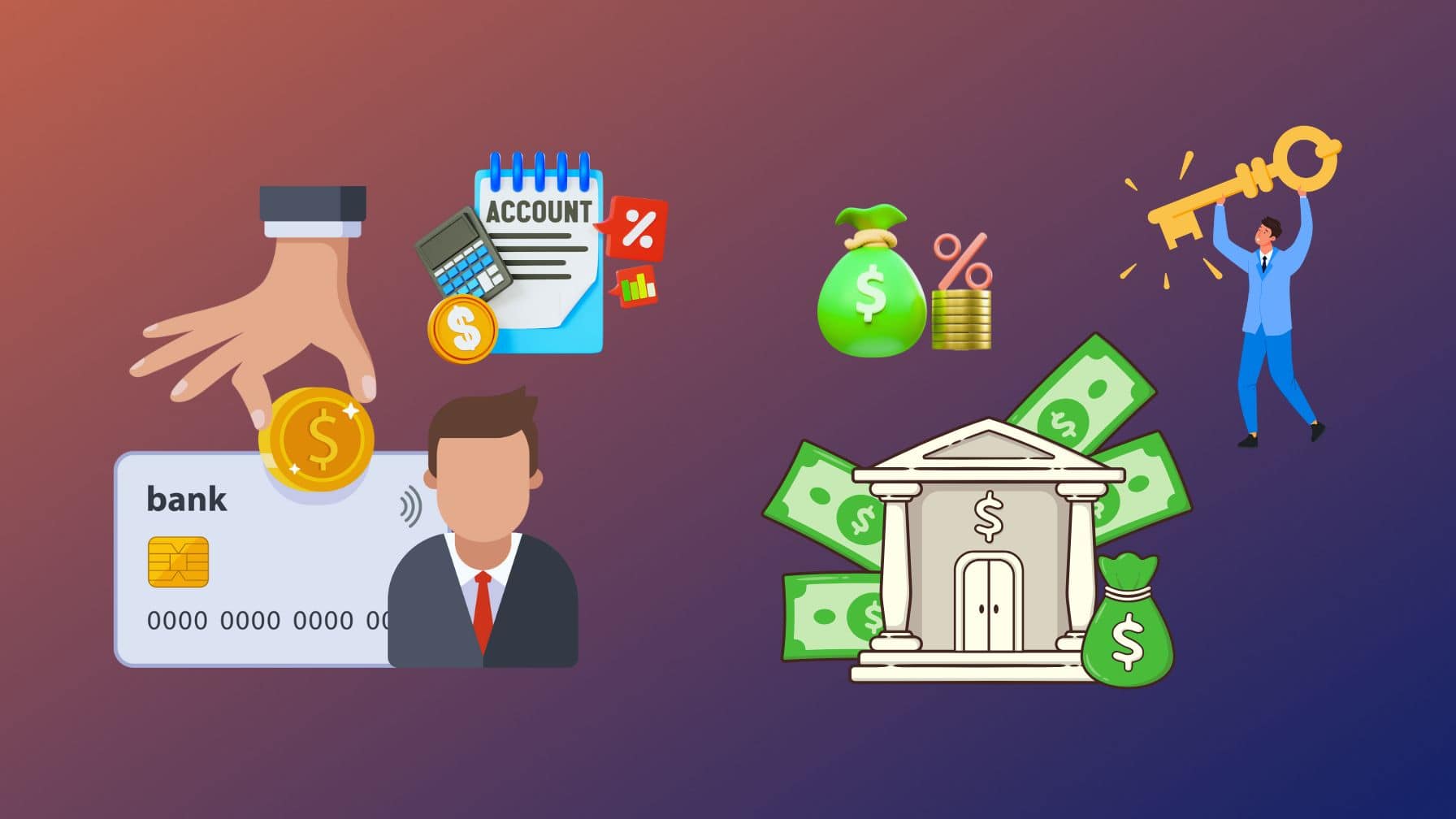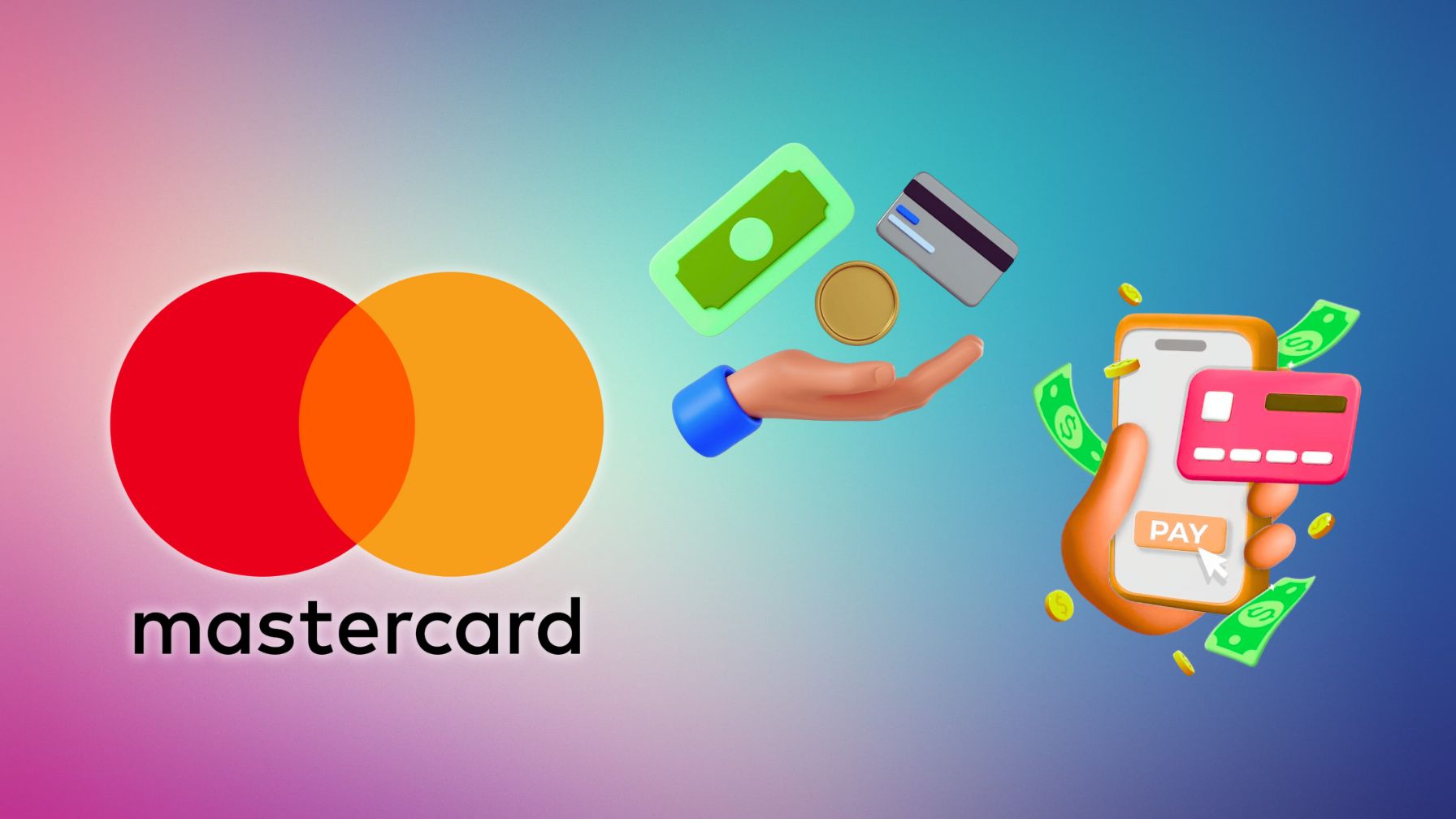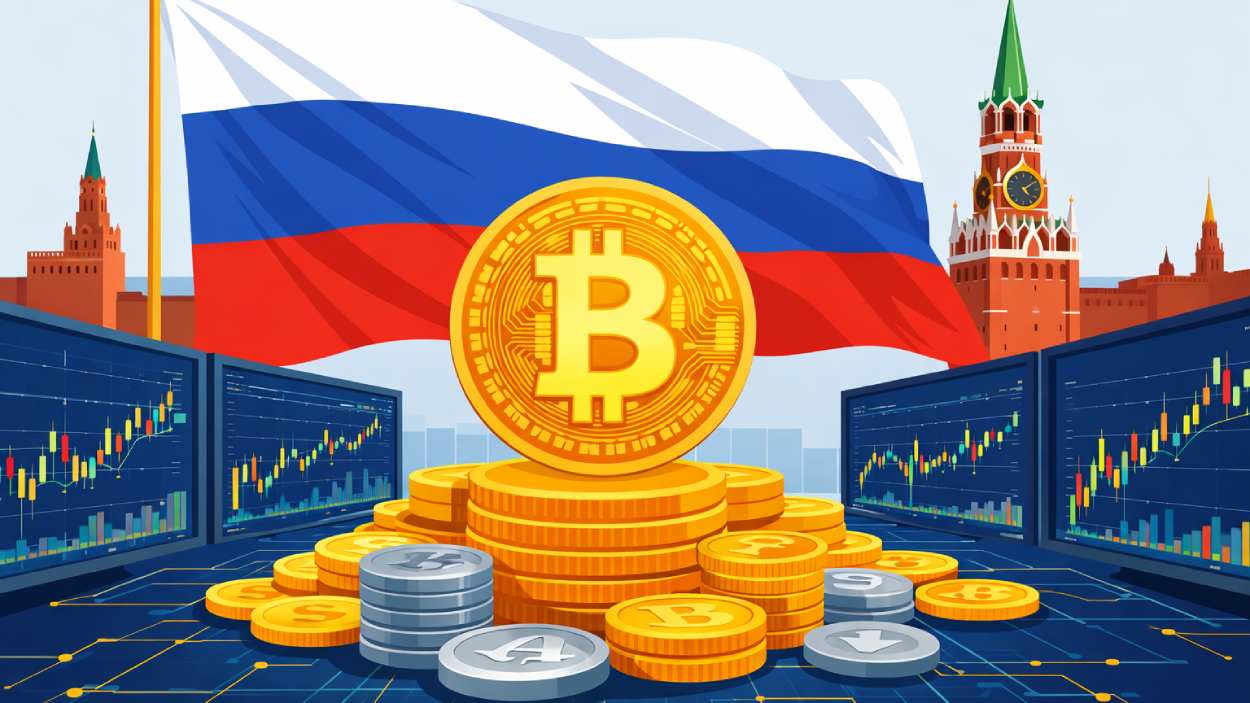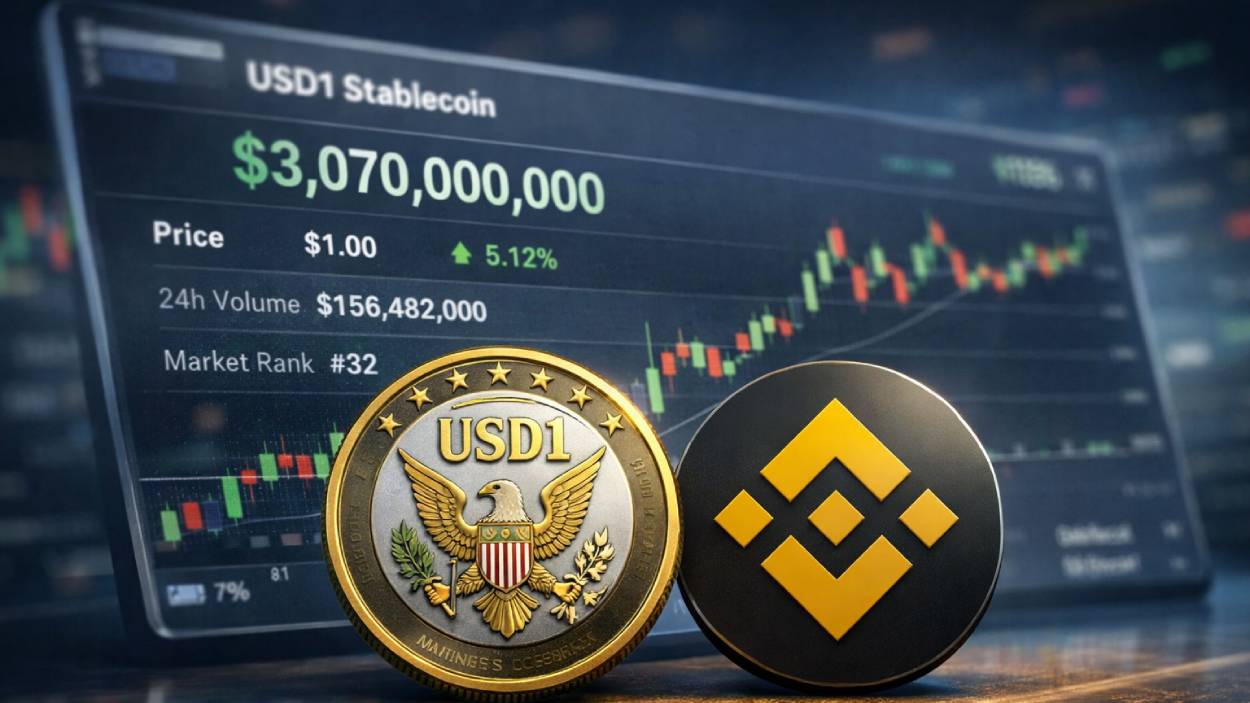In a small village in rural India, a mother once hid her earnings in clay pots buried in the floor of her home. Fast forward to 2025, and that same woman now manages her finances through a biometric-enabled mobile banking app. Her story mirrors a global transformation. Bank account ownership, once a privilege of the urban elite, has become a powerful tool for financial empowerment, access, and security across the world.
This article dives deep into the latest statistics from 2025, offering a clear, data-backed picture of where bank account ownership stands today and how it’s shifting due to income, gender, technology, and global policy efforts.
Editor’s Choice
- 76% of adults globally now own a bank account in 2025.
- 95% of adults in high-income economies have access to a bank account.
- The global gender gap in account ownership has narrowed to just 4 percentage points in 2025.
- Mobile money accounts are now held by 34% of adults in Sub-Saharan Africa.
- In the United States, 93% of adults now report having a checking or savings account.
- Among the unbanked, 57% cite lack of money as the primary barrier to ownership.
- Digital-only banks account for nearly 22% of new accounts opened worldwide in the past year.
Top Reasons Why Households Remain Unbanked
- 34.5% of unbanked households cited “Other/did not specify” as the reason for not having a bank account.
- 21.7% mentioned lack of money for minimum balance requirements as their main obstacle to banking access.
- 13.2% expressed a strong mistrust of banks, highlighting a trust gap in the financial system.
- 8.4% chose privacy concerns as a key reason for avoiding bank accounts.
- 6.0% were deterred by high fees, making banking seem too costly.
- 5.3% faced banking or credit history problems, limiting their ability to open accounts.
- 4.4% found banking locations to be inconvenient, reducing accessibility.
- 2.7% lacked the required identification to open an account.
- 2.4% reported that banks didn’t offer the products or services they needed.
- 1.5% avoided banks due to unpredictable fees, creating uncertainty in account maintenance.

Global Bank Account Ownership Rates
- As of 2025, 76% of the global adult population owns a financial institution or mobile money account.
- Ownership in East Asia and the Pacific climbed to 85%, driven by strong digital integration in China and Indonesia.
- In South Asia, bank account penetration rose to 74%.
- Europe and Central Asia remain leaders, with 92% account ownership, showing stable growth.
- Sub-Saharan Africa saw ownership reach 58%, helped by mobile money innovation.
- Latin America and the Caribbean improved to 77%, due to fintech startups enabling simplified onboarding.
- In the Middle East and North Africa, ownership is still lower, at 57%, with notable gender gaps.
- High-income countries maintain near-universal coverage, over 95%.
- Low-income countries have seen modest growth, with current ownership standing at 49%.
- The top three countries with the highest account ownership are Norway (99%), South Korea (98%), and Canada (97%).
Bank Account Ownership by Income Level
- Among high-income individuals globally, 97% have a bank account, a plateau from previous years.
- For middle-income adults, ownership rose to 81%.
- In low-income brackets, only 47% of adults now have an account, a small but significant rise.
- In the U.S., the disparity remains: 99% of high-income households are banked vs 74% of low-income ones.
- Urban-rural gaps are narrowing; urban low-income populations report 51% ownership, compared to 43% in rural zones.
- In Sub-Saharan Africa, among the poorest 40%, mobile money accounts are more prevalent than traditional ones.
- Government transfer programs targeting low-income groups have increased ownership among women by 7 percentage points in two years.
- In India, direct benefit transfers via bank accounts contributed to a 12% increase in account ownership among the bottom income tier.
- Digital KYC processes have made it easier for low-income individuals to open accounts without formal documents.
- Still, 40% of unbanked adults globally are in the lowest income quintile.
Neobanking Global Market Growth Forecast
- The global neobanking market is projected to grow at a CAGR of 47.1% from 2024 to 2029.
- By 2025, it’s expected to reach $262.36 billion.
- The upward trend continues, with significant expansion forecasted through 2026 to 2028.
- By 2029, the market is projected to hit a massive $1,228.17 billion.
This exponential growth highlights strong investor interest, rising digital banking adoption, and an expanding global fintech ecosystem.

Gender Disparities in Bank Account Ownership
- As of 2025, 72% of women globally have a bank account, compared to 76% of men.
- The gender gap has declined to 4 percentage points.
- In South Asia, female ownership jumped to 65%, helped by targeted government subsidies and digital outreach.
- In Sub-Saharan Africa, mobile money services are narrowing the gap: 59% of women now have accounts versus 61% of men.
- Indonesia and Bangladesh have seen over 10% increases in women’s account ownership since 2022, largely due to financial literacy campaigns.
- In the United States, the gender gap has essentially closed, with both men and women reporting over 93% ownership.
- Digital banks have enabled more flexible account opening, helping women who lack traditional ID or credit history.
- Middle East and North Africa still lags, with only 46% of women owning an account, despite improvements.
- Studies show that when women manage accounts, they are more likely to save and invest in family well-being.
- Globally, women-led households have seen a 9% increase in account ownership in the last three years.
Mobile and Online Banking Usage by Generation
- Millennials lead mobile and online banking usage with an adjusted share of 26.2%, highlighting their strong digital banking preference.
- Baby Boomers, despite lower absolute usage, also account for 26.2% of the total share after adjustment, showing surprising digital engagement.
- Gen Z makes up 24.9% of overall mobile banking users, indicating high early adoption of fintech solutions.
- Gen X contributes 22.7%, reflecting moderate but steady reliance on digital banking platforms.
Overall, the generational spread underscores a growing cross-generational shift toward mobile-first financial management.

Bank Account Ownership in Developed vs. Developing Economies
- In developed economies, over 95% of adults have bank accounts, a figure that has remained stable since 2023.
- By contrast, developing countries report 66% ownership in 2025.
- The United States, Canada, Australia, and much of Europe enjoy near-universal access, driven by mature financial ecosystems.
- In developing regions, mobile banking and fintech platforms are key drivers of new account growth.
- China saw an uptick to 92% ownership, led by Alipay and WeBank penetration in semi-urban areas.
- In Brazil, ownership is now at 82%, aided by digital public banks and social programs.
- Kenya, a pioneer in mobile banking, has a national rate of 84%, largely through M-Pesa.
- Despite growth, rural areas in many developing countries still trail their urban counterparts by 15–20 percentage points.
- Infrastructure challenges like internet access and physical branches continue to slow account growth in fragile states.
- International aid and World Bank initiatives have helped bridge the gap, funding projects in over 35 low-access countries.
Impact of Mobile Banking on Account Ownership
- 1.3 billion people globally now access their bank accounts via mobile devices, as of early 2025.
- In Africa, mobile money accounts exceed traditional bank accounts in 14 countries.
- In India, over 340 million adults now use mobile apps like Paytm and PhonePe for banking needs.
- The rise of agent banking models has helped extend services to rural communities via mobile.
- In Latin America, mobile banking usage has grown 30% YoY, with Colombia and Mexico leading adoption.
- Digital wallets like GCash in the Philippines and MoMo in Vietnam are responsible for the majority of new account openings.
- The US mobile banking penetration stands at 85%, with apps now offering full-service capabilities.
- Women are 28% more likely to open a mobile-only account when traditional branch access is limited.
- Biometric authentication has removed literacy barriers for low-income, first-time account holders.
- Central banks are increasingly regulating digital platforms, ensuring user protection and fraud prevention as mobile banking becomes mainstream.
Direct Banking Study: Customer Satisfaction with Savings Accounts
- Charles Schwab Bank tops the satisfaction chart with a score of 748, leading all direct banks in customer experience.
- American Express follows closely with a score of 737, and Marcus by Goldman Sachs ranks third at 735.
- Other high performers include Discover (718), Ally (715), and SoFi (710).
- The segment average for customer satisfaction is 705 out of 1,000.
- Banks scoring below average include E*TRADE (702), Capital One (699), Barclays (684), and Varo (678).
- Lower scorers are CIT Bank (666), Synchrony (666), and Citi, which ranks last with 664 points.
The results reflect a wide range in satisfaction, with an 84-point gap between the highest and lowest ranked banks.

Financial Inclusion Initiatives and Their Effectiveness
- The World Bank’s Universal Financial Access 2030 agenda continues to influence policy, with 78 countries now adopting national strategies.
- India’s PMJDY (Pradhan Mantri Jan Dhan Yojana) has opened over 540 million accounts since its inception, with 60% active use in 2025.
- In Nigeria, agent banking programs have expanded to 130,000+ service points, reducing the rural access gap by 12% in two years.
- The United States has promoted Bank On-certified accounts, leading to 5 million new accounts opened since 2023.
- Indonesia’s financial inclusion index climbed to 85% in 2025, bolstered by biometric e-KTP integration.
- Mexico’s CoDi system, enabling instant bank transfers via QR codes, has expanded to 17 million users.
- Youth financial education initiatives in East Africa have doubled the number of accounts held by individuals aged 15–24 since 2021.
- Private-public partnerships in Latin America have created over 300 digital financial literacy hubs since 2024.
- Central banks in ASEAN have signed a regional digital finance pact, streamlining cross-border e-wallet usage.
- In Afghanistan, humanitarian agencies introduced mobile vouchers, increasing financial access among displaced populations by 8%.
US Banks’ Interest in Fintech Partnerships for Digital Services
- 29% of US banks are already partnering with fintechs for digital account opening, with another 42% somewhat interested and 19% very interested.
- For mobile wallets, 22% already collaborate with fintechs, while 36% are very interested and 19% are somewhat interested.
- Fraud/risk management shows strong interest: 44% very interested, 27% somewhat interested, and 20% already engaged with fintechs.
- Data breach/ID protection services see 41% very interested, 26% somewhat interested, and 7% already working with fintech providers.
- Subscription management services receive lower enthusiasm, with 34% very interested, but 59% not interested.
- Similarly, bill negotiation services show limited traction: 32% very interested, yet 59% not interested.
Interest in cryptocurrency investing is minimal in terms of existing partnerships (1%), but a massive 81% are very interested, signaling a future pivot toward crypto-based services.

Trends in Digital-Only Bank Account Adoption
- Digital-only banks are now responsible for 22% of all new accounts opened globally in 2025.
- In the U.S., neobanks like Chime, Varo, and SoFi have grown their user bases by 37% since 2023.
- Europe leads digital banking integration, with over 100 million active digital-only accounts.
- Brazil’s Nubank crossed 90 million users, making it the largest neobank in Latin America.
- In the Philippines, digital bank Tonik saw a 150% increase in deposit volumes year-over-year.
- AI-based customer service and real-time credit scoring are standard features in next-gen digital banks.
- Digital-only banks offer average onboarding times of under 5 minutes, fueling rapid adoption.
- Fee-free banking and high-yield savings are major attractions, particularly among millennials and Gen Z.
- Blockchain-backed identity verification is being piloted by neobanks in Kenya and Estonia.
- Customer trust in digital-only banks rose to 68% globally in 2025.
Where Americans Keep Their Primary Bank Accounts
- 39% of U.S. adults use a national bank chain as their primary financial institution ,the most popular choice.
- 18% prefer a regional bank chain, indicating localized trust in banking services.
- 13% rely on online-only banks, reflecting growing digital adoption.
- 12% use a local credit union, valuing community-based financial services.
- 11% fall under the “something else” category, likely including fintechs or alternative platforms.
- Only 7% choose a national credit union, suggesting limited reach compared to other banking options.
These results, based on a survey of 1,000 U.S. adults, highlight a continued dominance of traditional banking institutions, but also a rising interest in digital and alternative models.

Recent Developments in Financial Access
- The global fintech industry saw $320 billion in investment, catalyzing account access innovations.
- The U.S. Federal Reserve launched FedNow, enabling real-time payments and improved account liquidity.
- CBDC (central bank digital currency) pilots expanded in 19 countries, facilitating low-cost digital accounts.
- Google Pay and Apple Pay added cross-border wallet-to-bank transfer capabilities in 2025.
- Biometric ATMs have been deployed in over 40 emerging markets, supporting frictionless identity verification.
- Open banking regulations in the EU and UK now mandate account portability and transparency, benefiting consumers.
- In Africa, cross-border mobile money platforms have reduced remittance fees by 25%.
- Argentina and Turkey launched national digital wallets, aiming for 80% adult coverage by 2027.
- Global remittances hit $870 billion in 2025, with over **70% received directly into bank or mobile accounts.
- Climate-resilient financial services are now offered in 12 Pacific island nations, ensuring access during disasters.
Conclusion
Bank account ownership is no longer a simple measure of financial infrastructure; it’s a reflection of policy innovation, digital access, and inclusive growth. As 2025 unfolds, the world is witnessing the narrowing of long-standing gaps across gender, income, geography, and age. While challenges remain, particularly among vulnerable and displaced populations, the trends are overwhelmingly positive.
With the continued rise of digital-only banking, mobile money, and inclusive fintech, billions are stepping into the formal financial world for the first time, often with just a tap on their phone. That clay pot in the ground? It’s now a secure balance on a screen, earning interest, sending remittances, and enabling futures.
Hover or focus to see the definition of the term.


























































